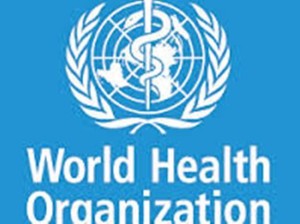The novel diagnostic test – called MTBDRsl – is a DNA-based test that identifies genetic mutations in MDR-TB strains, making them resistant to fluoroquinolones and injectable Insecond-line TB drugs. ” WHO noted in a recent release on its website that the first tool has a shorter treatment with better outcomes.
According to the agency, with less than US$ 1000 per patient, the new treatment regimen could be completed between nine and 12 months. Not only is it less expensive than current regimens, it is also expected to improve outcomes and potentially decrease deaths due to better adherence to treatment and reduced loss to follow-up, WHO said. The agency argued that the conventional treatment regimens take between 18 and 24 months to complete and yield low cure rates – just 50 percent on average globally.
“This is largely because patients find it very hard to keep taking second-line drugs, which can be quite toxic, for prolonged periods of time. They, therefore, often interrupt treatment or are lost to follow-up in health services.
Source: Nationalmirror

 The World Health Organization, WHO, has developed new rapid diagnostic test kits to strengthen the global fight against tuberculosis. The first kit aims to speed up detection and improve treatment outcomes for multidrug resistant tuberculosis (MDR-TB) through use of a “novel rapid diagnostic test” having shorter and cheaper treatment regimen.
The World Health Organization, WHO, has developed new rapid diagnostic test kits to strengthen the global fight against tuberculosis. The first kit aims to speed up detection and improve treatment outcomes for multidrug resistant tuberculosis (MDR-TB) through use of a “novel rapid diagnostic test” having shorter and cheaper treatment regimen.




